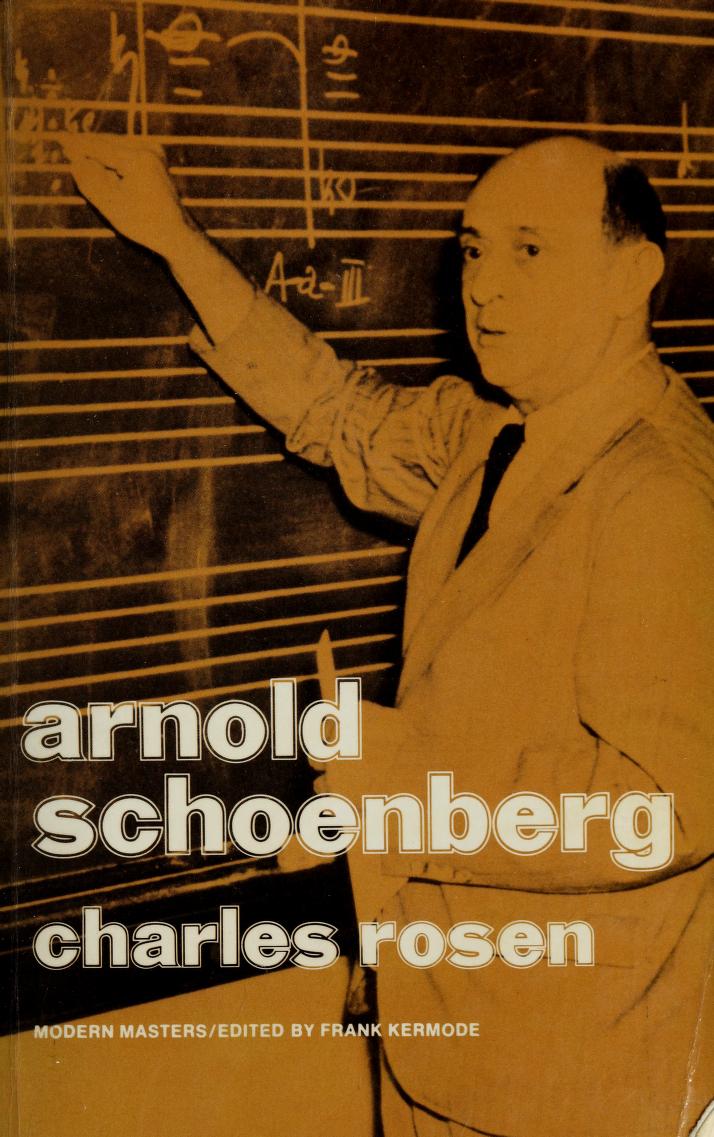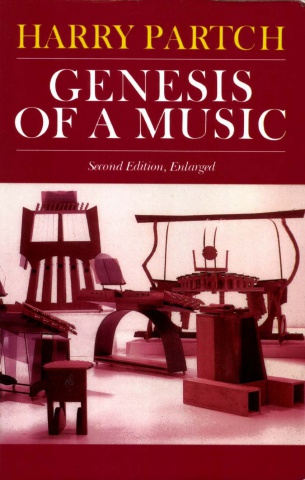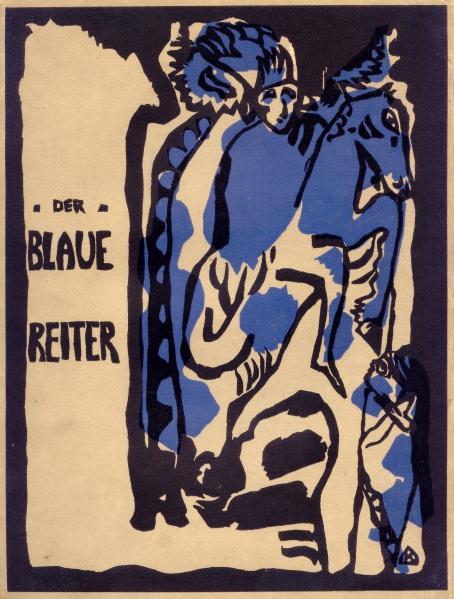Charles Rosen: Arnold Schoenberg (1975)
Filed under book | Tags: · biography, composition, expressionism, music, music history, music theory, serialism

In this lucid, revealing book, pianist and scholar Charles Rosen sheds light on the elusive music of Arnold Schoenberg and his challenge to conventional musical forms. Rosen argues that Schoenberg’s music, with its atonality and dissonance, possesses a rare balance of form and emotion, making it, according to Rosen, “the most expressive music ever written.” Concise and accessible, this book will appeal to fans, non-fans, and scholars of Schoenberg, and to those who have yet to be introduced to the works of one of the greatest composers of the twentieth century.
Publisher Viking Press, New York, 1975
ISBN 06701331617
113 pages
Review (Joel Sachs, The Musical Quarterly, 1977)
Review (Joseph Horowitz, Music Journal, 1976)
Review (Robert Craft, The New York Times, 1975)
PDF (17 MB, no OCR)
More works by and on Schoenberg (Monoskop wiki)
Harry Partch: Genesis of a Music, 2nd ed. (1949/1974)
Filed under book | Tags: · acoustics, composition, music, music history, music theory

Having lived mostly in the remote deserts of Arizona and New Mexico with no access to formal training, the microtonal composer Harry Partch (1901-74) created theatrical ritualistic works incorporating Indian chants, Japanese kabuki and Noh, Polynesian microtones, Balinese gamelan, Greek tragedy, dance, mime, and sardonic commentary on Hollywood and commercial pop music of modern civilization. First published in 1949, Genesis of a Music is the manifesto of Partch’s radical compositional practice and instruments. He contrasts Abstract and Corporeal music, proclaiming the latter as the vital, emotionally tactile form derived from the spoken word (like Greek, Chinese, Arabic, and Indian musics) and surveys the history of world music at length from this perspective. Parts II, III, and IV explain Partch’s theories of scales, intonation, and instrument construction with copious acoustical and mathematical documentation.
First published in 1949
Publisher Da Capo Press, 1974
ISBN 030680106X
517 pages
via GpscftObti
PDF (no OCR, 80 MB)
Comment (0)Kandinsky, Franz Marc (eds.): Der Blaue Reiter (1912–) [DE, RU, EN]
Filed under book | Tags: · art, art theory, avant-garde, cubism, expressionism, music, music theory

Der Blaue Reiter [The Blue Rider] was initiated in 1911 by the young painters Wassily Kandinsky and Franz Marc and was active until 1914. Conceived in June 1911 and published in Munich in May 1912, Der Blaue Reiter (Almanach) [The Blue Rider Almanac] presented their synthesis of international culture to the European avant-garde at large.
The Almanac was published in an edition of 1100 copies. Its costs were underwritten by the industrialist and art collector Bernhard Koehler, a relative of August Macke. It contained reproductions of more than 140 artworks, and 14 major articles. A second volume was planned, but the start of World War I prevented it. Instead, a second edition of the original was printed in 1914.
The contents of the Almanac included:
* Marc’s essay “Spiritual Treasures,” illustrated with children’s drawings, German woodcuts, Chinese paintings, and Pablo Picasso’s Woman with Mandolin at the Piano
* an article by French critic Roger Allard on Cubism
* Arnold Schönberg’s article “The Relationship to the Text”, and a facsimile of his song “Herzgewächse”
* facsimiles of song settings by Alban Berg and Anton Webern
* Thomas de Hartmann’s essay “Anarchy in Music”
* an article about Alexander Scriabin’s Prometheus: The Poem of Fire
* an article by Erwin von Busse on Robert Delaunay, illustrated with a print of his The Window on the City
* Macke’s essay “Masks”
* Nikolai Kulbin’s essay “Free Music”
* Kandinsky’s essay “On the Question of Form”
* Kandinsky’s “On Stage Composition”
* Kandinsky’s The Yellow Sound.
The art reproduced in the Almanac marked a dramatic turn away from a Eurocentric and conventional orientation. The selection was dominated by primitive, folk, and children’s art, with pieces from the South Pacific and Africa, Japanese drawings, medieval German woodcuts and sculpture, Egyptian puppets, Russian folk art, and Bavarian religious art painted on glass. The five works by Van Gogh, Cézanne, and Gauguin were outnumbered by seven from Henri Rousseau and thirteen from child artists. (from Wikipedia)
Second Edition
With two Forewords by Kandinsky and Franz Marc
Publisher Piper, Munich, 1914
140 pages
via Archive.org
Wikipedia (German)
Der Blaue Reiter (German, 1914, PDF converted from Archive.org’s JP2 scans, w/o blank pages, 43 MB, no OCR, multiple formats)
Siniy vsadnik (Russian, trans. Z.S. Pyshnovskaya, 1996, added on 2018-7-15)
English translation of the Forewords
Listen to Arnold Schönberg’s Herzgewächse (Audio)
Comment (0)
